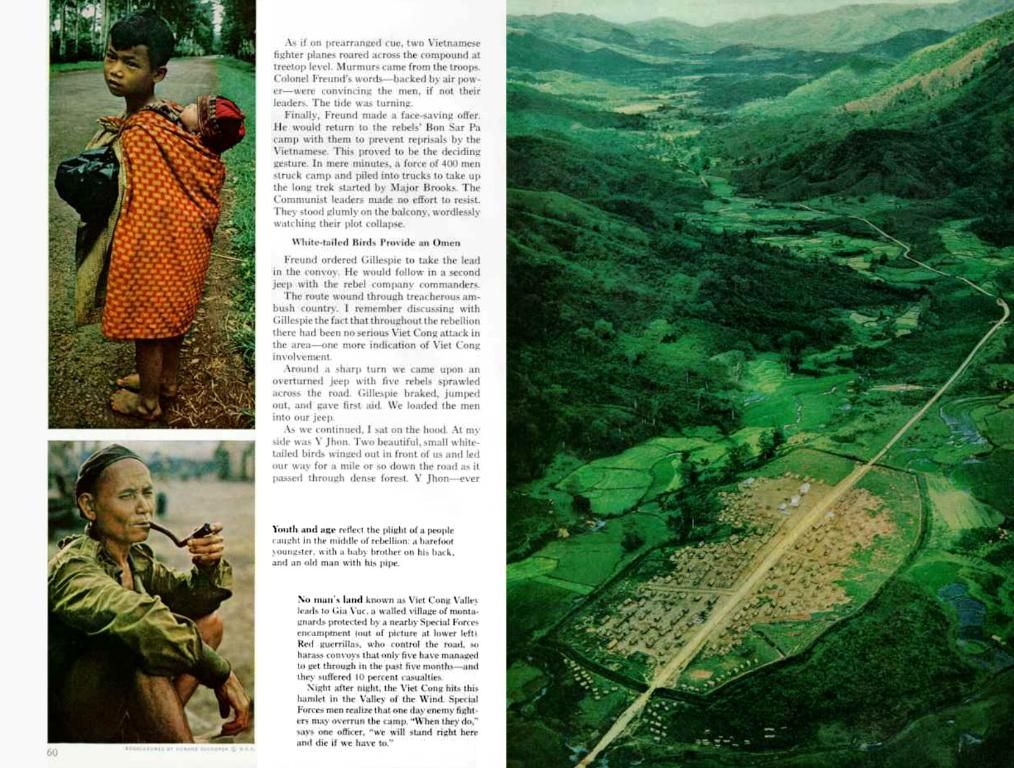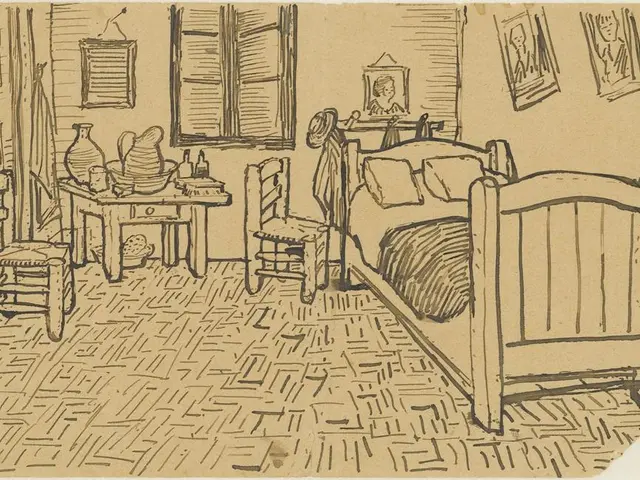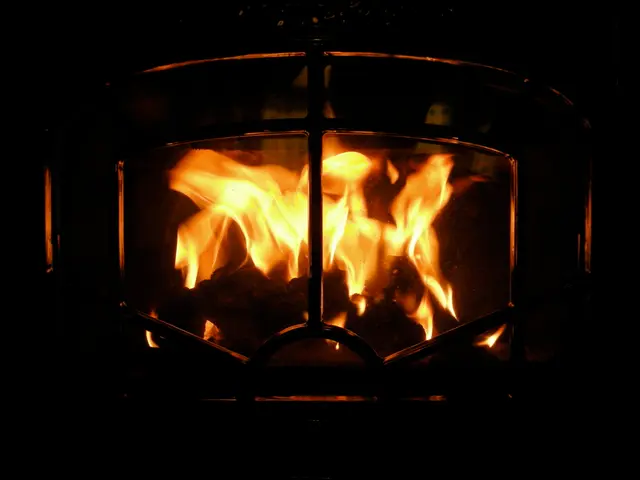Push for the resettlement of 32 rural communities in Trentino region
Revitalizing the Highlands: Trentino's Anti-Depopulation Plan
Mark this post for a fun read!
In a bold move to address the issue of depopulation in Trentino's picturesque mountainous regions, the Autonomous Province of Trento has chosen 32 municipalities for a new initiative. Set to debut on May 19, this exciting endeavor aims to breathe life into these communities on the brink of extinction. From the charming hamlet of Bondone, known for its breathtaking Lake Idro view, to the vibrant Rabbi nestled within the heart of the Stelvio National Park, these places boast enchanting landscapes but are more renowned for their tourist appeal than as ideal living spaces.
The revitalization scheme offers a non-repayable contribution of up to 40% for renovations in historical centers and 35% in other areas, to a maximum of 80,000 euros, and a maximum of 20,000 euros for property purchases. In exchange, residents must commit to living in the property for a decade or renting it at a reasonable rate. The main objective? To entice new residents and persuade the young to stay, as only those under 45 can apply, even if they already reside in the municipalities. After all, stemming the tide of disappearing inhabitants in the so-called “highlands” is not just a strategic move—it's crucial, considering the ramifications for business survival, housing crises, and territorial management affecting even the valleys.
Rebuilding Communities
While the demographic decline is more noticeable in small centers than cities, it was the decline in births, combined with the tendency to flock to cities or emigrate, that occurred as early as the mid-20th century that has left countless homes empty in the mountains. The Tesino Plateau's three selected municipalities exemplify this trend: Castello Tesino, now home to around 1150 residents compared to the 2400 inhabitants in 1961; Cinte Tesino, with a population a third of what it was in 1921; yet, these are resilient communities that have been working in greater synergy as time goes on.
Silvia Fattore, an employee for the Cassa Rurale Valsugana and Tesino and former municipal assessor for tourism, notes that the province's initiative is a breath of fresh air. Schools are divided among these centers, with a kindergarten in Cinte, primary schools in Pieve and Castello Tesino, and the middle school in Castello. Services such as the bank, nursing homes, local doctor, pharmacy, libraries, small supermarkets, and grocery stores are present, along with a carabinieri station, volunteer firefighters, a cinema, theater, activities for children, and various associative realities. "What we lack is people," Fattore laments.
The "Vallarsa to Live" Project
The grant announced in March isn't Trentino's only weapon in the battle against depopulation. For instance, the "Vallarsa to Live" project offers the rental of eight apartments from Itea, the Trentino Institute for Housing, at reduced rates in exchange for dedicating at least four hours a month to the community, such as maintaining green spaces. Six of these apartments are located in Anghebeni, and two in Parrocchia, both hamlets of the municipality of Vallarsa. Access to essential services like banks, post offices, primary healthcare, schools, and supermarkets is readily available in Raossi, just a short drive away from Parrocchia and Anghebeni.
The Mayor, Luca Costa, emphasizes that this initiative is more than providing apartments at reduced rates. It's about fostering residents' involvement in community life, integrating them into the local scene, and fostering an emotional attachment to these places.
Stay tuned for more updates on Trentino's anti-depopulation strategies! 🎯🚀🏞️💪
Insights:The OECD Trento Centre for Local Development plays a role in finding solutions for sustainable development and adapting to demographic changes in mountainous regions[1]. Strategies for combat depopulation often include low-rent housing, economic opportunities, community engagement, environmental conservation, and infrastructure development[2]. Local government and community resources would provide valuable details on Trentino's specific initiatives.
[1] Overall: https://www.oecd-ilibrary.org/social-issues-migration-health/trento-centre-for-local-development_2ce43a5b-en[2] Possible Elements of Anti-Depopulation Plans and Housing Initiatives: https://www.oecd.org/social/integrating-local-development-strategies-into-national-policies.htm#3.2.1
- To attract younger residents and boost the economy of these mountainous communities, the "Vallarsa to Live" project offers reduced-rate rentals on eight apartments in Anghebeni and Parrocchia, with the expectation that residents will contribute four hours a month to the community.
- A thriving market for home-and-garden products could flourish in Trentino's revitalized communities, where new residents might be drawn to the unique lifestyle offered by these picturesque locales, from the charming hamlet of Bondone to the vibrant Rabbi within the Stelvio National Park.






